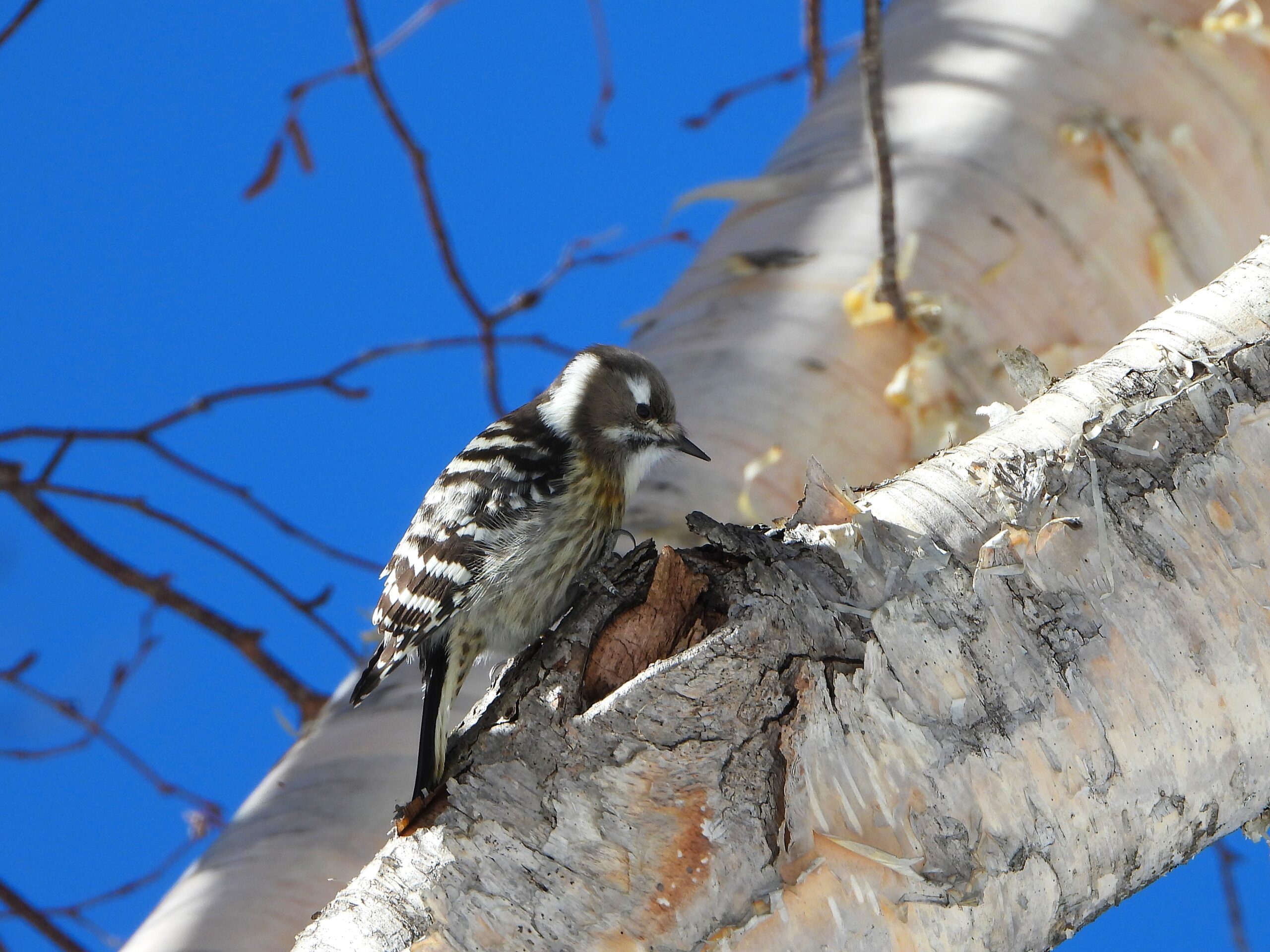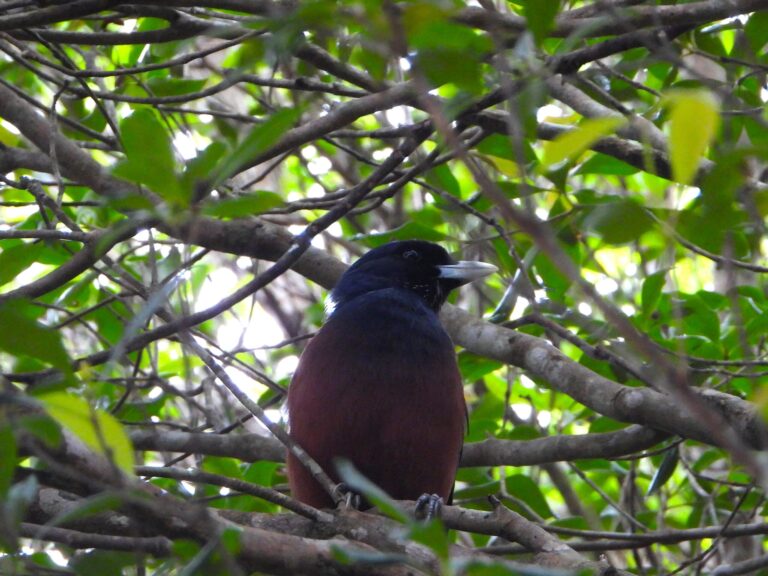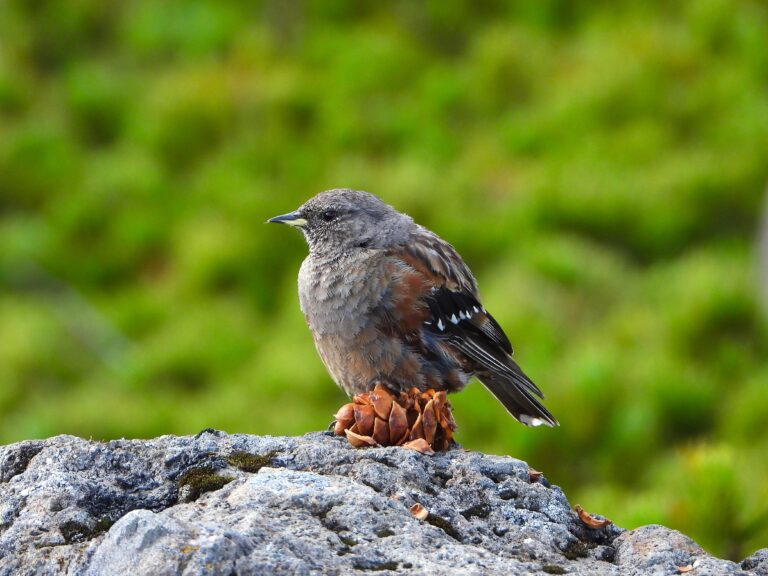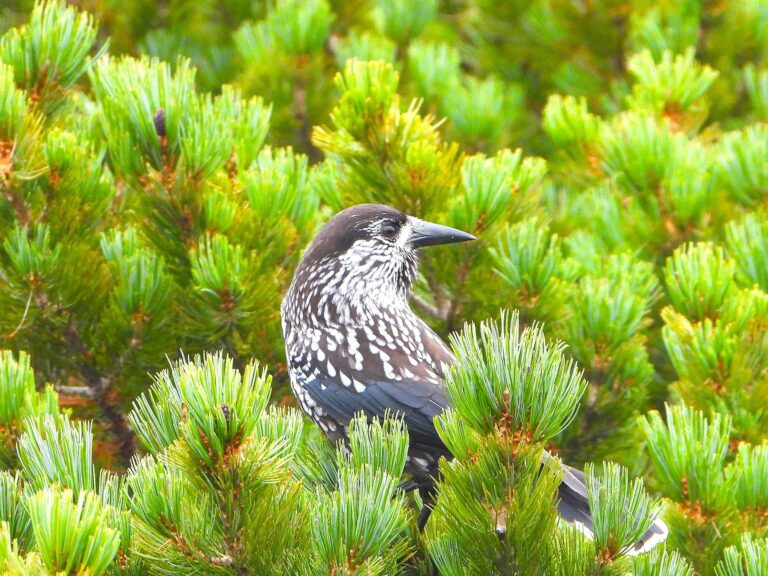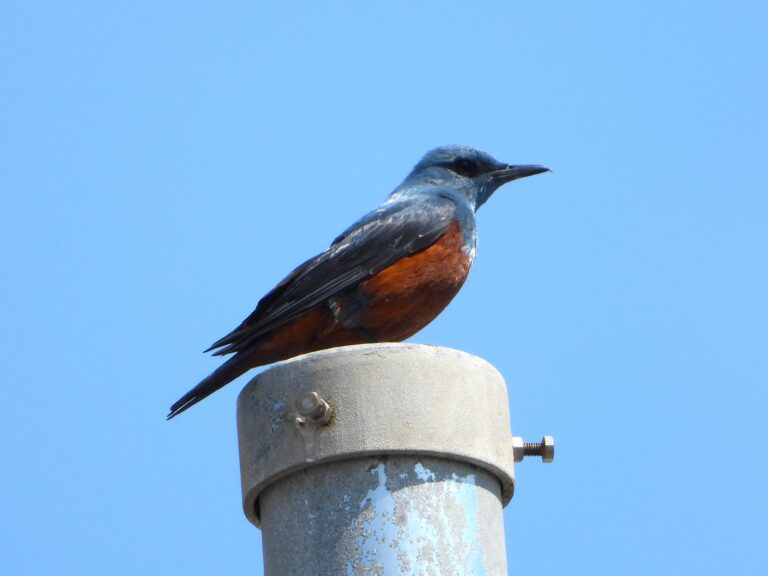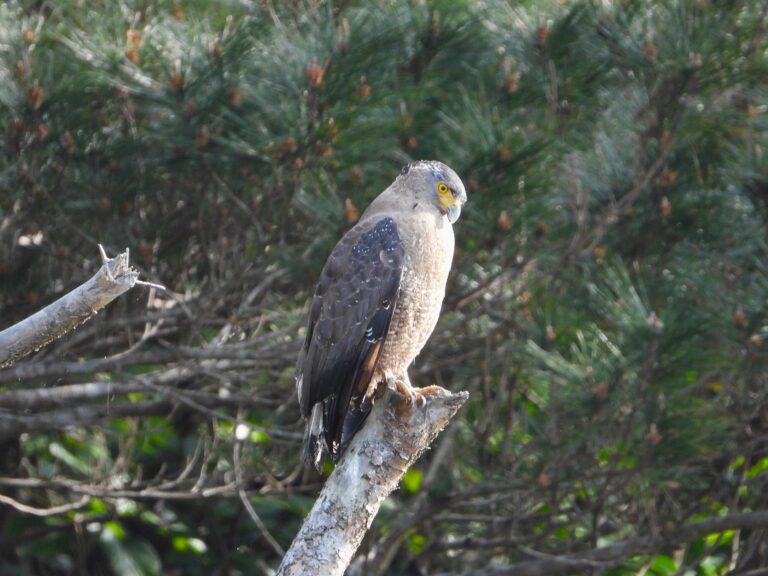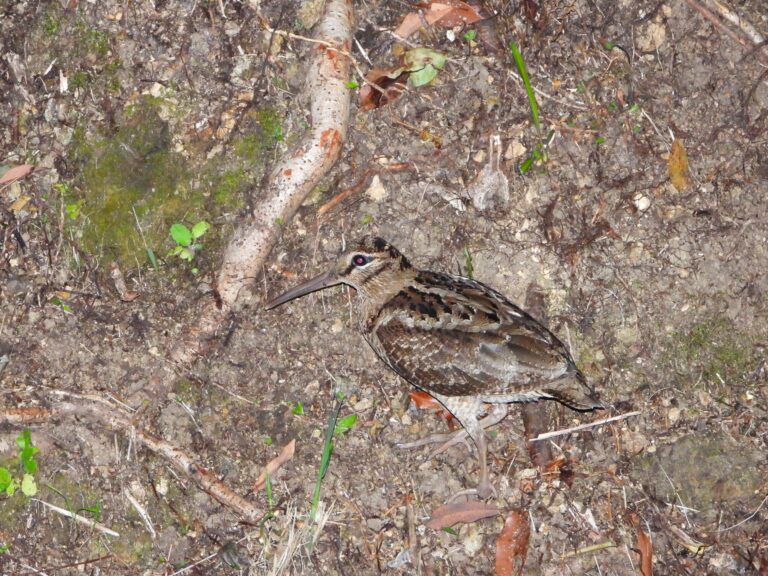Japanese Pygmy Woodpecker (Yungipicus kizuki) – Wildlife of Japan
Introduction
Japan’s smallest woodpecker is a quick, restless resident of forests, shrine groves, and even city parks. Its fine brown-and-white barring and thin, high calls often reveal it as it creeps along twigs and trunks hunting insects.
Taxonomy & Names
Family Picidae; genus Yungipicus. Formerly treated in Picoides or Dendrocopos in older references. Common names: Japanese Pygmy Woodpecker, Pygmy Woodpecker.
Appearance
A tiny woodpecker about 13–15 cm long with a short bill. Upperparts show narrow brown-and-white bars; the underparts are pale with fine streaking on the breast and flanks. The face is pale with a dark eye-stripe. The tail is short and stiff, helping it brace against bark. Males often show a small, sometimes hidden red spot on the crown; females lack red.
Similar species: Much smaller and browner than Great Spotted or White-backed Woodpeckers, and it lacks their bold white shoulder patch and extensive red.
Habitat & Distribution
A widespread resident from Hokkaido through Honshu, Shikoku, and Kyushu, including many nearby offshore islands of the main archipelago. It uses broadleaf and mixed woods, riverine groves, temple and shrine forests, orchards, and well-treed urban parks, mostly at low to mid elevations. Populations remain stable where mature trees and dead limbs are retained.
Where to See in Japan
Check treed neighborhoods, riverbank woodlands, and shrine or park groves with mature trees. Scan slender branches as well as trunks—it often forages on small twigs. Brief, soft drumming and high “tsee-tsee” calls help you locate birds that are otherwise well hidden.
Behavior
An active gleaner that probes and taps at bark, twigs, and buds. Often forages in pairs or family parties outside the breeding season and joins mixed flocks with tits and nuthatches. Drumming is short and subdued compared with larger woodpeckers. It climbs using two-forward, two-back toes and braces with the tail.
Diet
Primarily small arthropods taken from bark crevices and buds. Seasonally takes plant material, including seeds and berries, and may visit garden feeders for suet or nuts.
Reproduction
Breeds in spring. Pairs excavate a small cavity—usually in dead branches or softened trunks. Both sexes incubate and feed the young. The clutch is several glossy white eggs; fledglings often remain with the parents as they learn to forage.
Conservation
Listed as Least Concern in Japan. Locally sensitive to the removal of snags and old limbs in parks and woods. Retaining mature trees and allowing some dead wood to stand supports nesting sites and insect prey.
Author’s Impression
A faint, papery call from a twig above your head is often the first clue. Once you learn the sound, you’ll notice how common—and charming—this little woodpecker is in everyday green spaces across Japan. You’ll have an even better chance of spotting one if you watch mixed flocks of tits, as the Japanese Pygmy Woodpecker often joins them during its active foraging.
See Also
Great Spotted Woodpecker (Dendrocopos major)
White-backed Woodpecker (Dendrocopos leucotos)
Japanese Green Woodpecker (Picus awokera)

